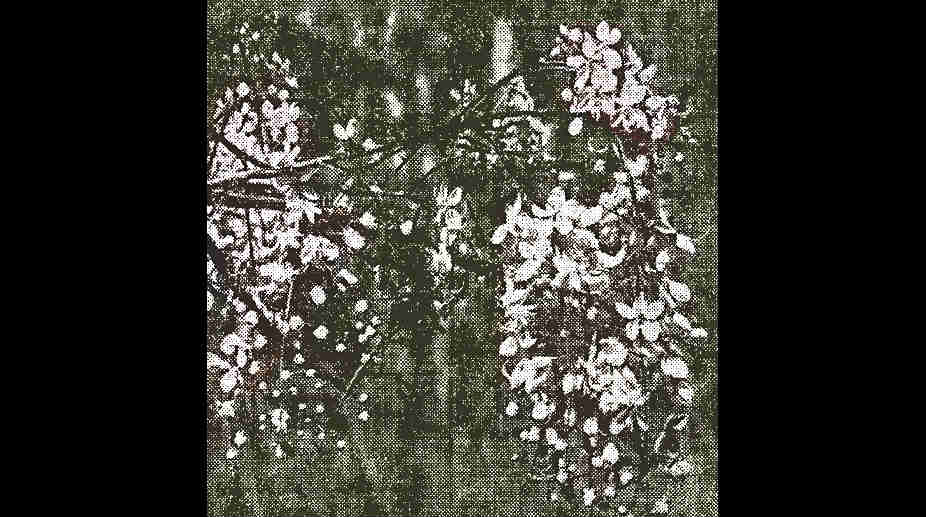Creating independent learners
Higher educational institutions must emphasise inquiry-based mindset, the ability to be critical, analytical and creative which is underpinned by team-working ability, leadership and digital skills.

Recently I had occasion to ask a number of young university graduates, at an interview, a question which I thought a fair test of their knowledge of India and general awareness. I asked them to name two red-flowered trees, or at least one.
Mind you, it was not a tricky question. We have no less than seven common red-flowered trees, the Flame of the Forest or palas (Butea monosperma); the Indian coral tree (Erythrina indica) and its cousins, including the dadap of tea plantations; the asoka (Saraca indica); the magnificent red silk-cotton (Salmalia malabaric); the gul mohor (Delonix regia); the tulip tree (Spathodea campanulata); and the frangipani (Plumeria rubra, and varieties)-the first four are native to India and the rest exotics now common here. We have besides, quite a few other red-flowered trees, such as species of Sterculia, that are less common.
Well, I asked this question as they came up, one after another, and after awhile I grew introspective. Am I, I asked myself, too biased by my preoccupation with the flora and fauna of our country, and asking too technical or difficult a question of these bright young people? On reflection it seemed to me that any country bumpkin, asked the same question, would have named the Indian coral tree and the red-silk-cotton unhesitatingly, and I asked my question again with renewed hope. However, I added a rider to it which I felt would help.
Advertisement
The rider was a bit of factual information-that the rose was not a tree. The first few candidates had triumphantly named the rose, and I felt it would save time all round to eliminate it straightway.
Occasionally, when my question flummoxed them, I asked if they could name one yellow-flowered tree instead-the lovely Indian laburnum and other cassias; the babul (Acacia arabica); the portia or umbrella tree (Thespesia acutiloba); and the opulent-flowered yellow silk-cotton (Cochlospermum gossypium) among native trees; and the rusty shield bearer or copper pod (Peltophorum roxburghii) among exotics, all have conspicuous yellow flowers, and are familiar trees. I had no better luck.
One of my victims (he was one among the four who had graduated in botany) named the Indian coral tree; three named the gul mohr which, however, they called the flame of the forest; one named the rain-tree (Enterolobium saman) which has pink and not red flowers, but it was near enough to please me.
One said he could not give me the English name of a yellow-flowered tree but knew its name in Telugu (vernacular tree names were allowed, of course) and then went on to describe what I felt sure was the mohwa, which is white-flowered.
I could not keep an accurate count as my question was purely an incidental one, but out of some 30 graduates, only four really gave any answer which could be called correct, and most of them did not answer it at all. Not one named two red-flowered trees.
I asked many candidates at this interview an easier question, the name of an exclusively Indian animal-I asked this mostly of those to whom I did not address my floral question. In assessing the peculiarly Indian claims of any animal, a slight overlapping of distribution into a neighbouring country in a distinct race is to be ignored. Leaving out reptiles and birds, and mammals like the lion-tailed macaque which only naturalists are likely to know, we have well over a dozen mammals, none of them rare , though some are rather local in their range, which are peculiarly Indian the bonnet money; the common langur and the Nilgiri langur; the Asiatic lion today; the charming little Indian fox (Vulpes bengalensis) which is by no means uncommon; the sloth bear (it extends to Ceylon in a race); the striped palm squirrels; Indian blacknaped hares (very common); the wild buffalo; the Nilgiri tahr; the chinkara; the blackbuck; the chowsingha or four-horned antelope; the nilgai; the swamp deer or barasingha and the chital-I would also include all races of village buffaloes, and all breeds of Indian humped cattle in this list, though both have now been exported to many other countries.
In due course I felt the need to add a rider to this question as well-that the Royal Bengal Tiger was not a distinct species of Panthera tigris or even a recognised race, and that it was to be found in many other countries besides India. Even with this rider, no one gave me the answer to my question, among those that tried to.
One tough customer neatly turned the tables on me by claiming that “the Indian black ant” was exclusively Indian-I do not know whether or not the large black ant of the countryside is peculiar to India, and it is certainly an animal within the meaning of the act (in this case, the Indian Penal Code!).
The question now is this; is there something radically wrong with the education and culture of our young men and women that they should not know the answers to these reasonable questions, or is it that I have become a monomaniac and am therefore unable to perceive how unfair my questions are?
This was published on 23 January 1967
Advertisement